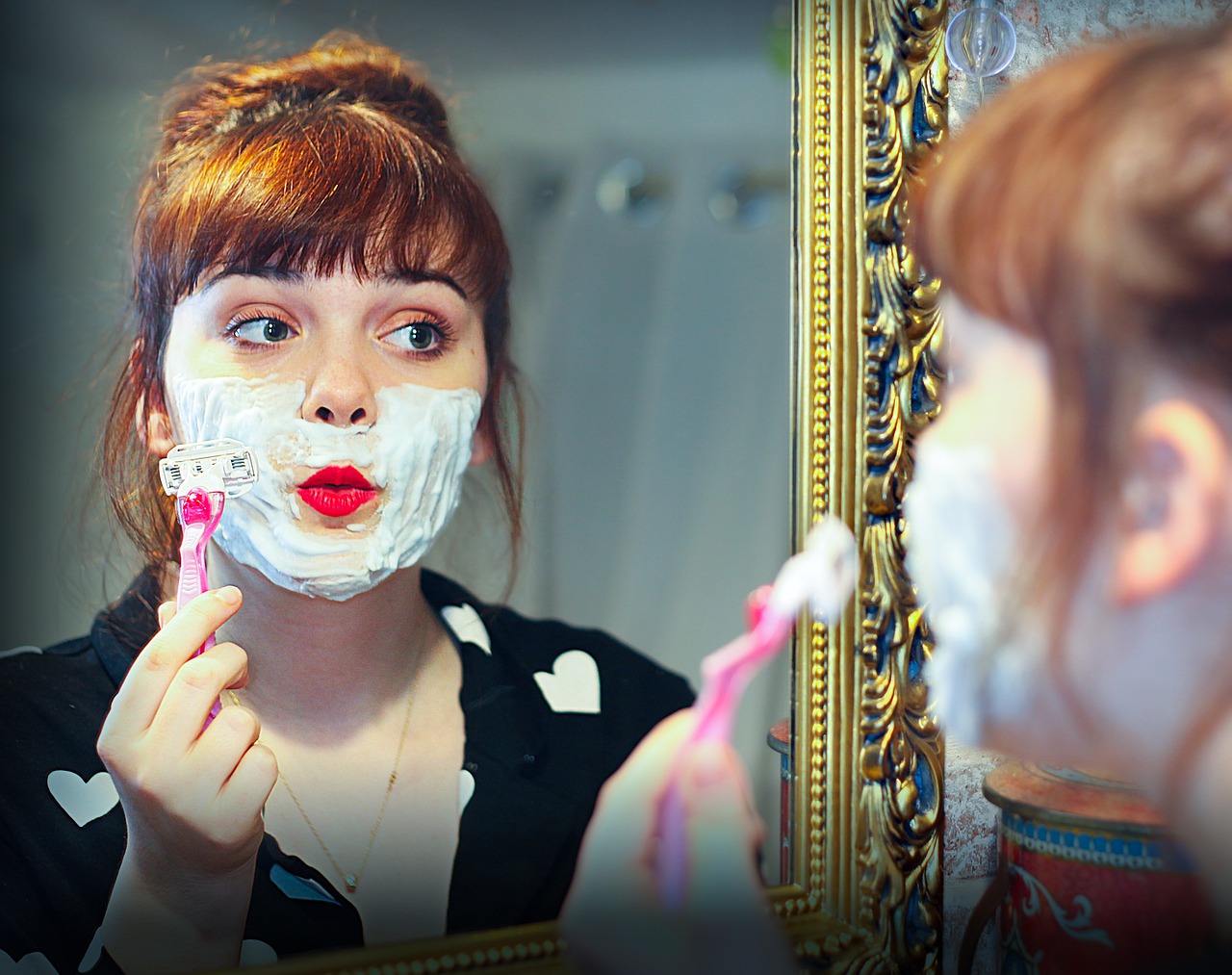In most cases, women only grow super fine hair on parts of their bodies, where men tend to have dark and thick body hair, like in the chest, back, cheeks, abdomen, chin, and upper lip. However, some women suffer from hirsutism, which results in surplus hair development in embarrassing and annoying areas.
Luckily, women with hirsutism can control their condition through different hair removal treatments and/or medications, depending on the condition’s cause.
Hirsutism Causes and Symptoms
Common symptoms aside from excess hair growth could help establish whether or not your hirsutism results from a medical condition. In most cases, women might also have persistent acne, a deeper-than-normal voice, irregular menstrual periods, reduced breast size, and/or increased muscle mass.
Approximately half of those suffering from hirsutism also have increased levels of androgens, which are male sex hormones. Various issues, including: might cause these elevated levels
- Polycystic ovary syndrome or PCOS
- Tumors that develop in the adrenal glands and ovaries
- Congenital adrenal hyperplasia
- Medicines, including certain hormones, steroids, and danazol, a drug for treating endometriosis
- Cushing’s syndrome
Also, excess hair growth could likewise happen if the hair follicles are abnormally sensitive to androgens, but researchers haven’t established why.

Treatment Options for Hirsutism
The most popular treatments for hirsutism are various long and short-term methods for hair removal, which include the following:
- Shaving: This is the easiest method. However, hair grows back quickly, and you risk developing stubble and ingrown hairs if you don’t shave properly and regularly.
- Depilatories: These are chemical creams that remove body hair. Some people, however, are susceptible to these creams.
- Plucking or Waxing: Individual hairs can be plucked using tweezers, while larger hair patches can be removed with waxing. These methods usually hurt but offer longer-lasting results.
- Laser Therapy: A laser is used for damaging the hair follicles, which causes the hair to fall out over time, making it a semi-permanent treatment. Talk to a laser hair removal professional in Hamilton for your specific options.
- Electrolysis: This method uses an electrical current to burn away the hair. This treatment option is the most expensive, will require multiple sessions, and carries more risks than the other options above. Like laser hair removal, electrolysis must only be performed by licensed doctors, aestheticians, or cosmetologists.
Instead of removing hair, some women also opt to bleach their hair. However, take note that bleaching ingredients could lead to skin irritation when not used correctly. Also, they may not work for very thick hair.
Also, depending on the cause of the condition, certain medications can help you manage the excess hair growth. These include birth control pills, a prescription cream called Vaniqa, and anti-androgen drugs such as finasteride and spironolactone.
It’s crucial to keep in mind that depending on your treatment choices and your hirsutism’s underlying cause, treating it might be a lifetime commitment. But laser therapy or electrolysis could offer more lasting effects than shaving, depilatories, or waxing. Also, hirsutism that stems from health issues like adrenal gland disorders or PCOS will need lifelong treatment.

